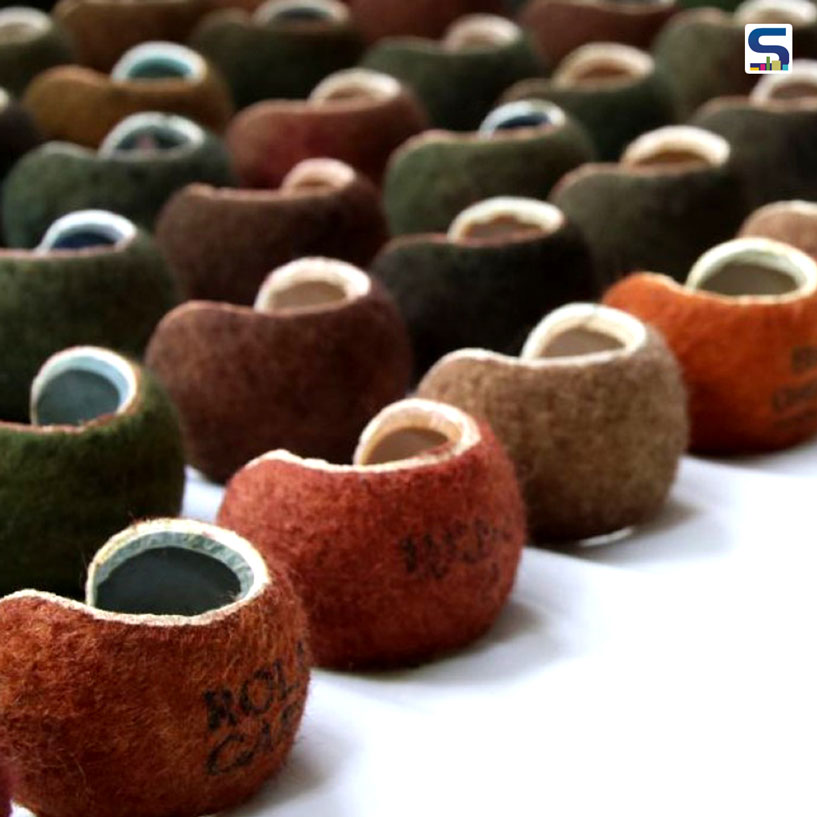
When thinking about sound-absorbing materials, common solutions like foam panels, cardboard layers, cloth upholstery or even egg trays typically come to mind. However, designer Mathilde Wittock, Founder, MWO Design, challenges this conventional mindset with a fresh, imaginative approach. Her project, Soundbounce, rethinks sustainability by turning discarded tennis balls into a striking, tactile and effective sound-dampening material. Not only does this innovation deliver function, it also makes a powerful statement about repurposing everyday waste into refined, design-forward elements. Know more about it on SURFACES REPORTER (SR).
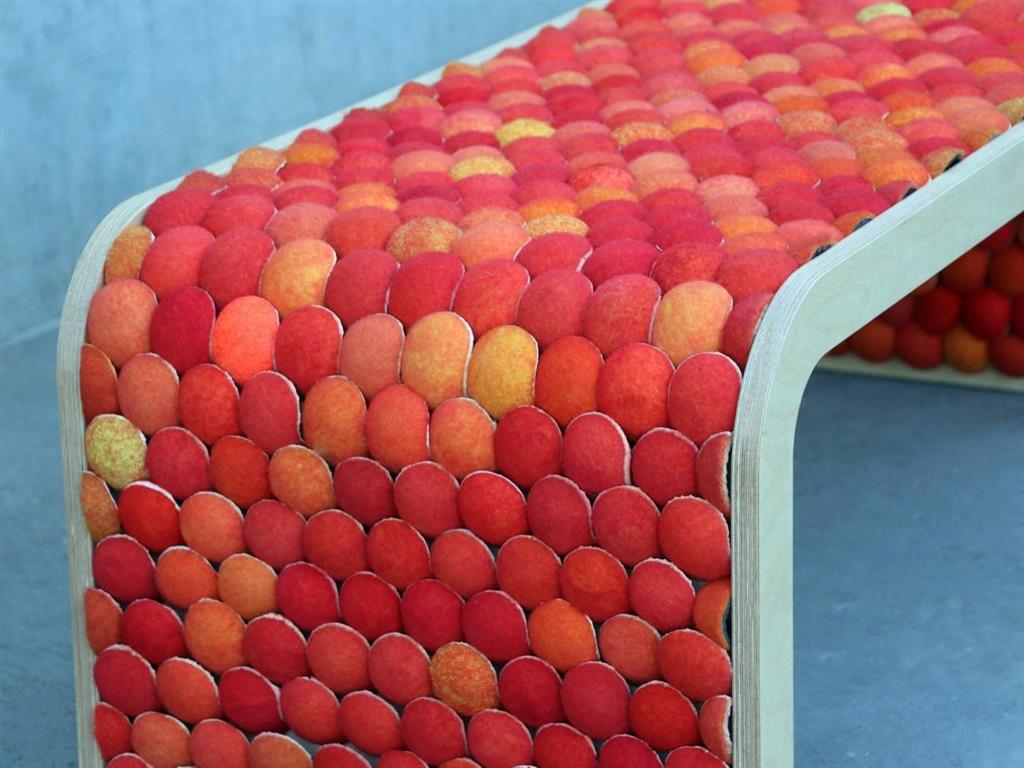
Soundbounce, rethinks sustainability by turning discarded tennis balls into a striking, tactile and effective sound-dampening material.
Sustainably Sound
For Wittock, the concept for Soundbounce originated with a global issue of over 330 million tennis balls being produced each year, of which most are tossed away after limited use. What makes this figure even more alarming is that these balls can take over 400 years to decompose in a landfill. Wittock, driven by her fascination with sustainability and materials, saw an opportunity to give these objects a second life by retaining their original charm and also serving a completely new purpose.
At its core, Soundbounce is about transformation. Tennis balls, once bouncing across courts, are collected and reimagined as a flexible, resilient and textured material. The result is not only acoustically functional but also visually and sensorially appealing. The surface retains a soft, slightly springy quality reminiscent of the ball’s previous life. It’s warm to the touch, slightly velvety and surprisingly elegant, and is rarely associated with recycled rubber or composite waste.
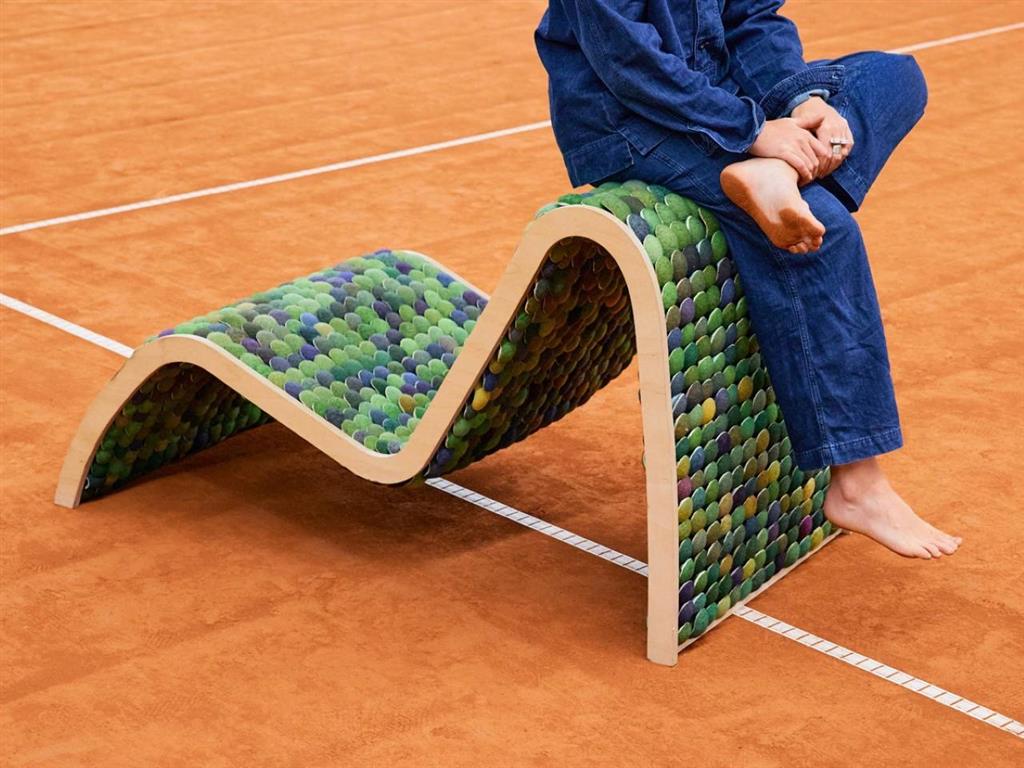
Each square meter of Soundbounce incorporates roughly 283 upcycled tennis balls, diverting significant waste from landfills and representing a CO2 offset of approximately 8.5kg.
Wittock’s creation invites interaction. Its imperfections, subtle variations in surface texture and tone aren’t considered flaws but celebrated as visible markers of the material’s journey. The material can be customized using RAL colours on request, making it highly adaptable for brand installations, corporate interiors, or artistic features like wall panels or room dividers. Whether as upholstery for contemporary furniture, as a design accent in a modern workspace, or even as a soundproof solution in a child’s playroom, Soundbounce brings both personality and performance to the space.
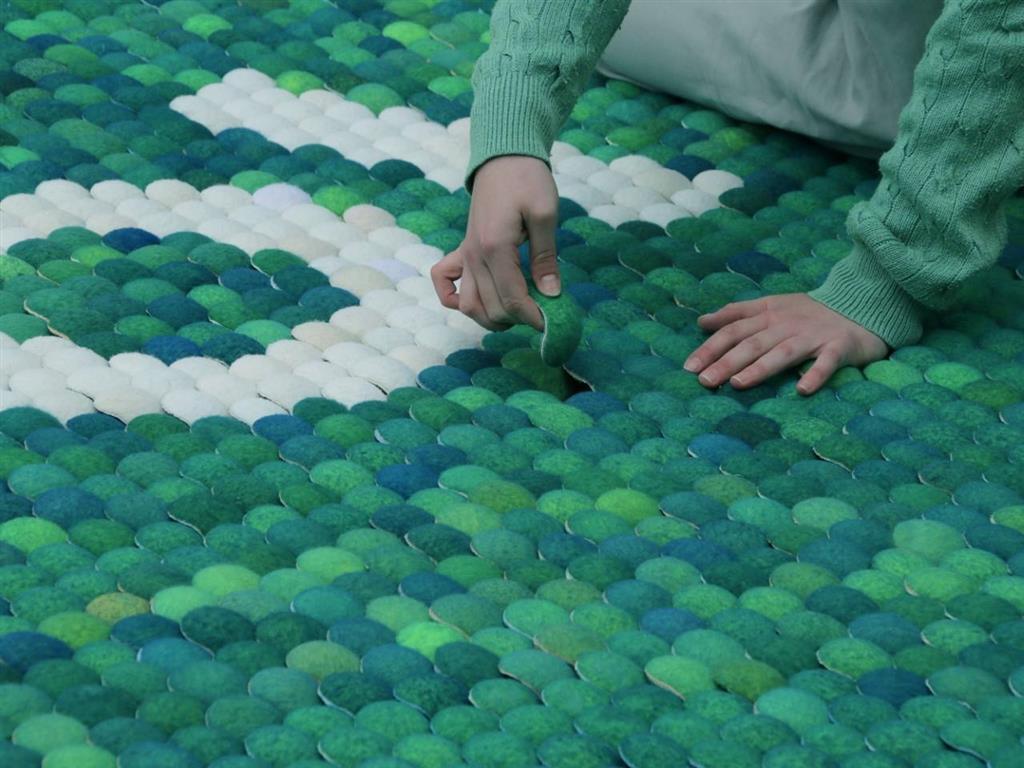
Tennis balls, once bouncing across courts, are collected and reimagined as a flexible, resilient and textured material.
Bouncing Back
Its name cleverly encapsulates its dual identity. Born from tennis balls that once bounced, the material now serves to absorb sound, which is an ironic twist that enhances its playful spirit. This whimsical quality is part of what makes Soundbounce so versatile. This imaginative reuse doesn’t come at the cost of performance. Each square meter of Soundbounce incorporates roughly 283 upcycled tennis balls, diverting significant waste from landfills and representing a CO2 offset of approximately 8.5kg. This makes it not just an aesthetically satisfying choice but an environmentally strategic one. It highlights how circular design practices can reshape our material world in meaningful ways.
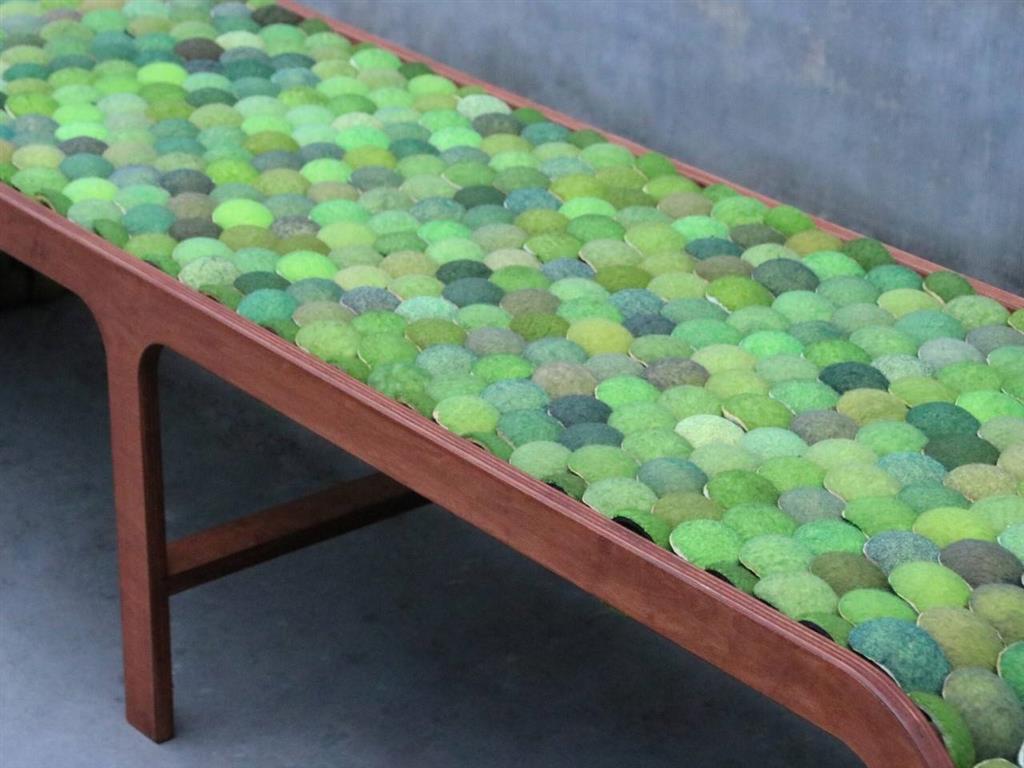
The material can be customized using RAL colours on request, making it highly adaptable for brand installations, corporate interiors, or artistic features like wall panels or room dividers.
Beyond interiors, Soundbounce is gaining traction in pet product design, thanks to its soft texture and durability. Whether used for pet beds, toys or play mats, its cushioning effect and resistance to wear offer comfort and longevity, making it appealing to both pets and their environmentally conscious owners.
Image credit: MWO Design